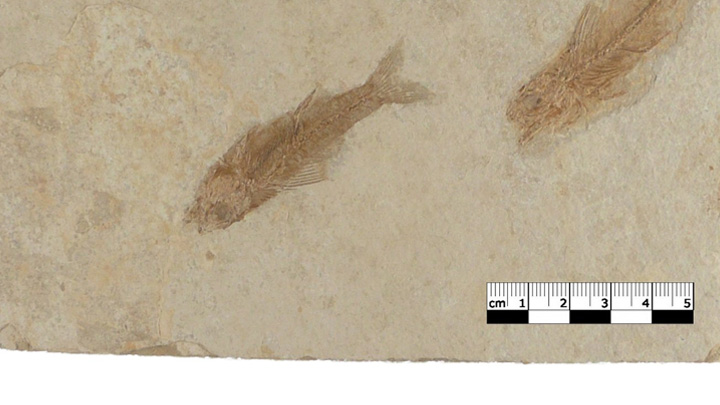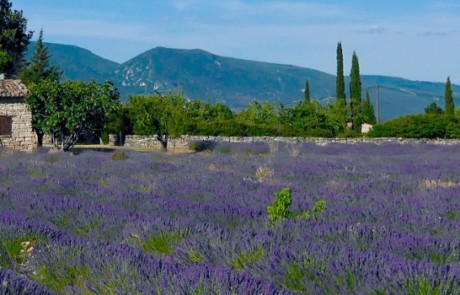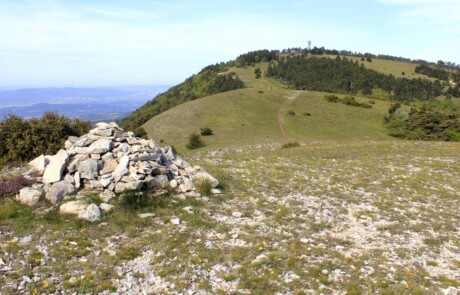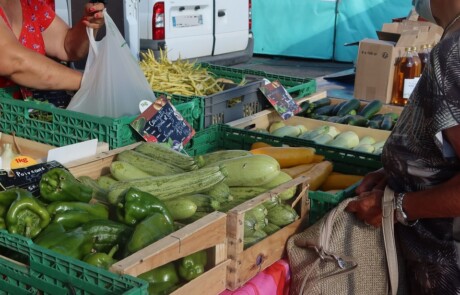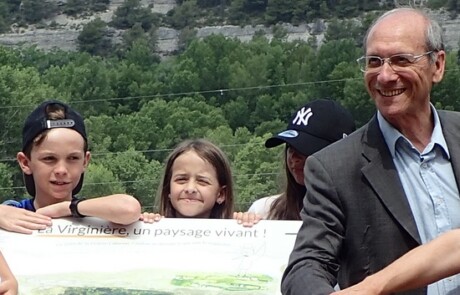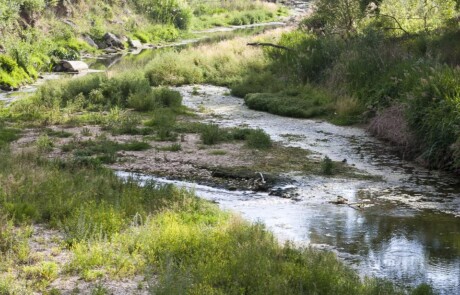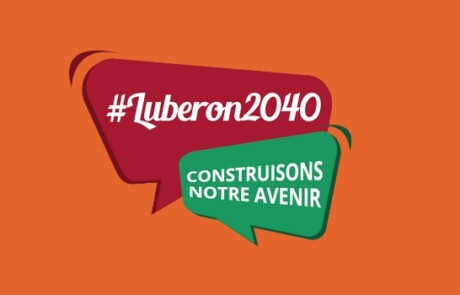Fossil collection and inventories, research projects and fielwork as well as the management of documentation and curation of geologic and paleontologic collections contribute to the Luberon geologic and paleontologic knowledge.
Collaborative partnerships are established with universities, scholars, museums and non-professionals.

Domaine public
Since the nineteenth century, the geology of Luberon has attracted many scientists: d’Orbigny, Kilian, Leenhardt, Gras, Saporta, Fontannes, Gaudry…
Research
Scientific research is an ongoing process which leads to advancements in our understanding of the geology and paleontology in Luberon.
The Luberon geopark fosters scientific research and cooperation with universities and research institutes (Aix-Marseille University, Natural History Museum Basel, National Museum of Natural History…). Geologic and paleontologic data collected are used in information centres and publications to relate the history of the Earth, the evolutionary history of mammals and the succession of past climates and environments.
The primary Luberon research sites are fossil mammal fooprint slabs, rich fossil vertebrates localities (Debruge, Aubenas-les-Alpes, Aumane, Murs) and the Aptian type locality.
Other research projects focus on the Luberon palagonite, inventory of the cavities, inventory of sites linked to the exploitation of mineral resources …
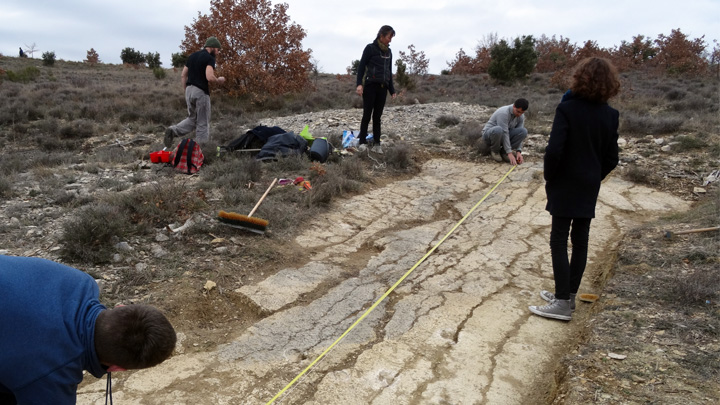
© PNRL - Stéphane Legal
Conservation
The geological and paleontological collections are deposited in the park museum collection.
In 2012, a new building was built to conserve and manage the collection of several thousand pieces.
A Paleontology database catalogues the fossil specimens housed in the park collection. Specimens are entered in the database as text records containing taxonomic classification and identification, publication information, precise locations, geological context, notes about the specimen among other information. The collection database is accessible to public on-line.
Geosite inventory
A cartographic database gathering data on the geological sites of the territory has been set up. Information on the geological interest of each site, location, accessibility among other information is accessible online.
This tool aims to share geological knowledge with the local communities so the Luberon geological heritage can be more easily included in urban planning.
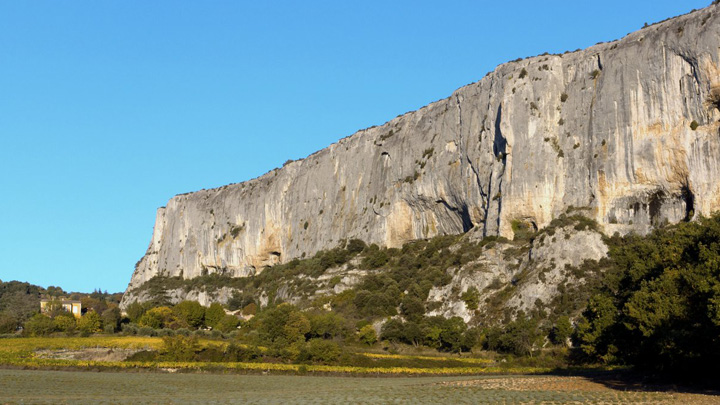
© PNRL - Stéphane Legal
References
Most recent references
Moullade M., Tronchetti G., Balme C., Dutour Y., Ropolo P., Price G., Martinez M. & Granier B., 2017. Proposition pour l’établissement du GSSP de l’Aptien supérieur dans le Bassin d’Apt (Vaucluse, SE France) : Synthèse des données stratigraphiques. Carnets de géologie (Notebooks on geology), 17, 9, 161–189. [lien]
Frau C., Pictet A., Spangenberg J. E., Masse J.-P., Tendil A. J.-B. & Lanteaume C., 2017. New insights on the age of the post-Urgonian marly cover of the Apt region (Vaucluse, SE France) and its implications on the demise of the North Provence carbonate platform. Sedimentary Geology, 359, 44–61. [lien]
Thomas F., Godard V., Bellier O., Shabanian E., Ollivier V., Benedetti L., Rizza M., Espurt N., Guillou V., Hollender F. & Molliex S., 2017. Morphological controls on the dynamics of carbonate landscapes under a mediterranean climate. Terra Nova, 29, 3, 173–182.
Bestani L., Espurt N., Lamarche J., Bellier O. & Hollender F., 2016. Reconstruction of the Provence Chain evolution, southeastern France. Tectonics, 35, 6.
Pickford M., 2016. Anthracotheres from the Oligocene of Aubenas-les-Alpes, France. Annales de Paléontologie, 102, 4, 243–260.
Godard V., Ollivier V., Bellier O., Miramont C., Shabanian E., Fleury J., Benedetti L. & Guillou V., 2016. Weathering-limited hillslope evolution in carbonate landscapes. Earth and Planetary Science Letters, 446, 10–20.
Baudouin C., Delanoy G., Moreno-Bedmar J. A., Pictet A., Vermeulen J., Conte G., Gonnet R., Boselli P. & Boselli M., 2016. Revision of the Early Cretaceous genera Heminautilus Spath, 1927, and Josanautilus Martínez & Grauges, 2006 (Nautilida, Cenoceratidae). Carnets de Géologie / Notebooks on Geology, 16, 5, 61–212. [lien]
Gaudant J., 2015. Présence du genre Lepidocottus Sauvage, 1875 (Teleostei, Gobioidei) dans l’Oligocène inférieur des environs de Céreste (Alpes-de-Haute-Provence, France). Geodiversitas, 37, 2, 229–235. [lien]
Ménouret B., Châteauneuf J.-J., Nury D. & Peigné S., 2015. Aubenas-les-Alpes, a forgotten Oligocene mammalian site in Provence (S-E France). Part I – Carnivora, Perissodactyla and Microflora. Annales de Paléontologie, 101, 3, 241–250.
Ollivier V., Magnin F., Ali A., Balme C. & Frapa P., 2015. Le tuf calcaire de la Thomassine : paysages et climats du Néolithique ancien dans les collines de Manosque. Courrier scientifique du Parc naturel régional du Luberon et de la Réserve de biosphère Luberon-Lure, 13, 44–57. [lien]
Ménouret B., 2014. Gisements paléontologiques à mammifères ou à empreintes de pas de mammifères du Parc naturel régional du Luberon. Courrier scientifique du Parc naturel régional du Luberon, 12, 57–74. [lien]
Pernègre V. & Tassy P., 2014. Albert Gaudry et les vertébrés fossiles du Luberon. Histoire d’une collection de référence. Geodiversitas, 36, n°4, 623–667. [lien]
KEY POINTS
—
Partnerships with universities, scholars, museums and non-professionals
A diversity of paleontological sites
MORE INFORMATION
—
CONTACT US
—
Geology Section
Maison du Parc
60, place Jean Jaurès – 84400 Apt
> send an email
> 04 90 04 42 00









